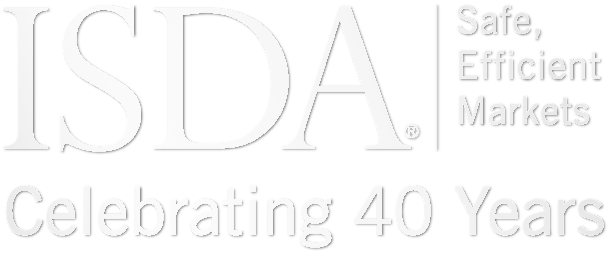On January 14, ISDA responded to the Financial Accounting Standard Board’s (FASB) Consultation on the Proposed Accounting Standards Update (ASU) Derivatives and Hedging (Topic 815). ISDA supports the FASB’s efforts to clarify and improve the US generally accepted accounting principles (GAAP) applicable to hedging activities. While the FASB’s efforts to provide clarification on certain matters in the proposed ASU is appreciated, ISDA also encourages the FASB to add a phase-two targeted hedge accounting improvements project to its agenda. Such a project could address certain practice issues and other matters that remain unresolved or have arisen since the issuance of ASU 2017-12, which would be more than technical corrections.
Documents (1) for ISDA response to FASB on Derivatives and Hedging
Latest
IRD Trading Activity Q3 2025
This report analyzes interest rate derivatives (IRD) trading activity reported in Europe. The analysis is based on transactions publicly reported by 30 European approved publication arrangements (APAs) and trading venues (TVs). Key highlights for the third quarter of 2025 include:...
Ardagh Credit Event Processing and Trading
The Credit Derivatives Determinations Committee announced on December 15 that a restructuring credit event has occurred with respect to Ardagh. An ISDA Credit Market Infrastructure Group call was held on December 15 to discuss the processing of this event. The...
Future Path - IQ December 2025
At the start of ISDA’s 40th anniversary year, IQ convened the pioneers of the association to reflect on how a desperate need for standardization in the early days of the derivatives market brought dealers together to develop a dictionary of...
Steps to a Vibrant Derivatives Market: SOM Remarks
Steps to a Vibrant and Resilient Derivatives Market December 4, 2025 Remarks at the Mediterranean Partnership of Securities Regulators Scott O’Malia ISDA Chief Executive Officer Good afternoon and thank you to the Mediterranean Partnership of Securities Regulators (MPSR) for...



